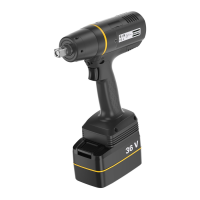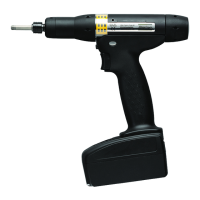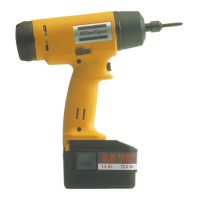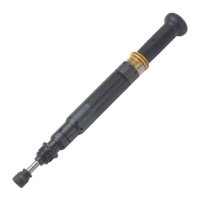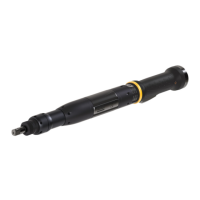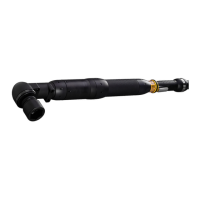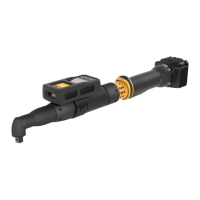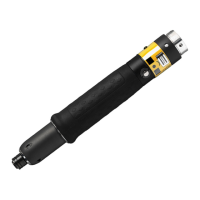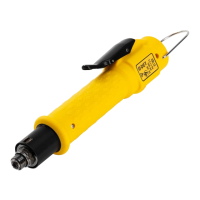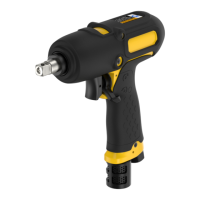ETP TBP81-55-10 EN Installation
© Atlas Copco Industrial Technique AB - 9839 0853 01
9
Installation
Installation Requirements
Setup Quick Guide
This quick guide uses the residual torque method for parameter settings. There are other methods, al-
though they are not covered here.
During the setup of parameter settings the torque installed may be higher or lower than presented on the
POWER FOCUS display screen. The Residual Torque Correlation Factor (RTCF) affects the presented
value, make sure to check the residual torque with an ST Wrench or similar if the joint settings are done
with parts in ongoing production.
1. Set the RTCF to 100%.
■
Always use the intended sockets and extensions (preferably guided sockets and extensions).
■
Always do the settings on the intended joint.
■
Reusing the same joint for many tightenings may affect the result.
2. Set the target torque to the specified torque required.
3. Tighten the joint with standard POWER FOCUS settings.
4. Check the torque.
5. Change the RTCF if the residual torque is a lot lower or higher than seen on the POWER FOCUS.
The residual torque should correlate with the POWER FOCUS. If the deviation is small (+/-4 %) con-
tinue to the next step.
The RTCF is correlated to the settings that is performed in the next step, do not spend too much
time on it in this step.
6. Increase or decrease power and rundown speed in order to achieve 10-20 pulses during the tighten-
ing.
■
If the joint is very hard or varying from hard to medium hard, adapt the settings for the hardest
joint.
■
Increase power and/or rundown speed if the pulses are too many (>20) as it increases wear and
reduces productivity.
■
Decrease power and/or rundown speed if the pulses are too few as this will result in poor accu-
racy.
■
If high productivity is needed, try to get at least 5-10 pulses per tightening.
■
A rundown speed of 2000 rpm will suffice. If the tightening speed needs to be improved, in-
crease the rundown speed in small increments and evaluate the changes carefully. A high run-
down speed reduces the tightening time, but may result in torque overshoot.
■
If angle monitoring is to be used, the rundown speed may need to be decreased, in order to
lower the angle scatter. For more information, contact Atlas Copco Industrial Technique AB Cus-
tomer Service Center, for the Public Tightening Accuracy Reports for pulse tools.
7. Tighten the joint with the new settings. Change the settings if needed and redo the tightening.
8. Do a number of tightenings to check and change the RTCF, see Power Focus 6000 Configuration
manual.
9. Tighten a number of joints with the new RTCF to see if required results are met. If the tool does not
perform as intended, redo steps 6 through 9.
10. Tighten as many joints as needed to check the tool capability on the intended joint.
Installation
For installation guideline, see Power Focus 6000 Configuration manual.
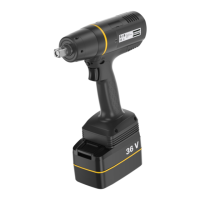
